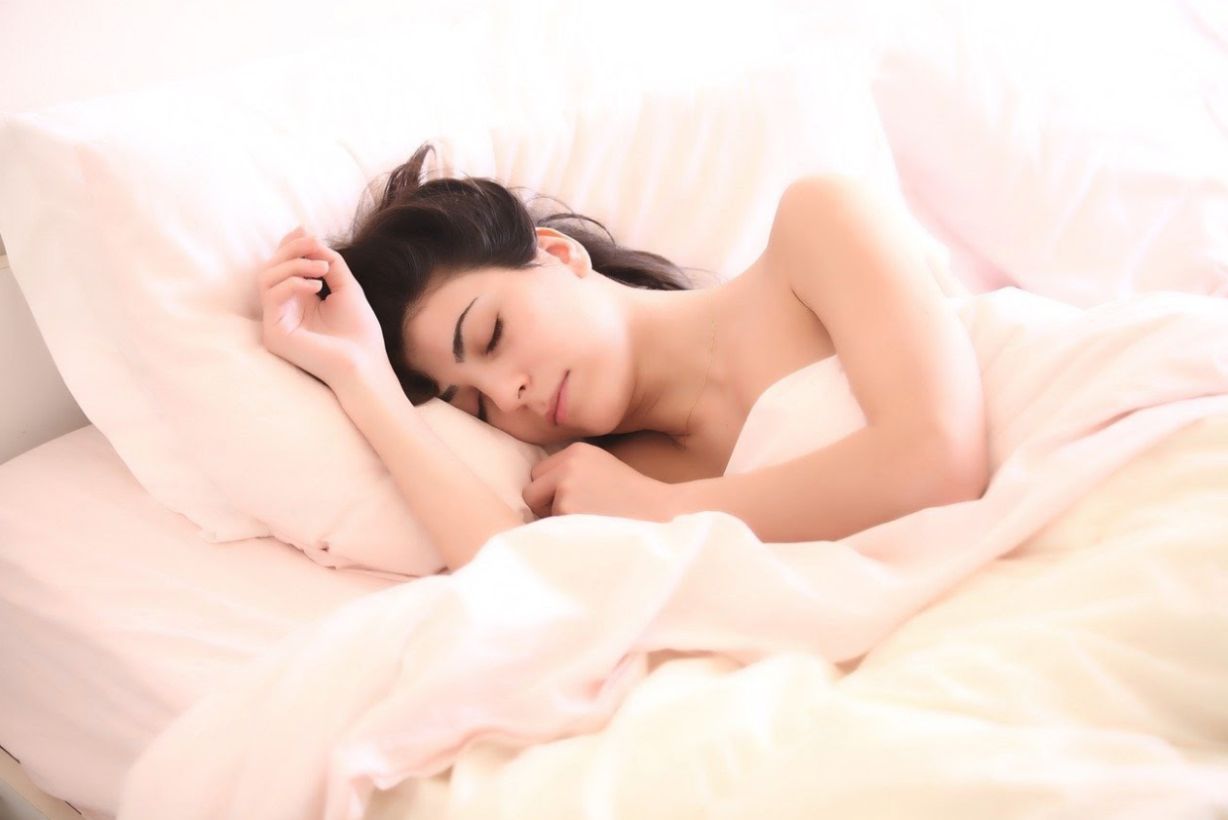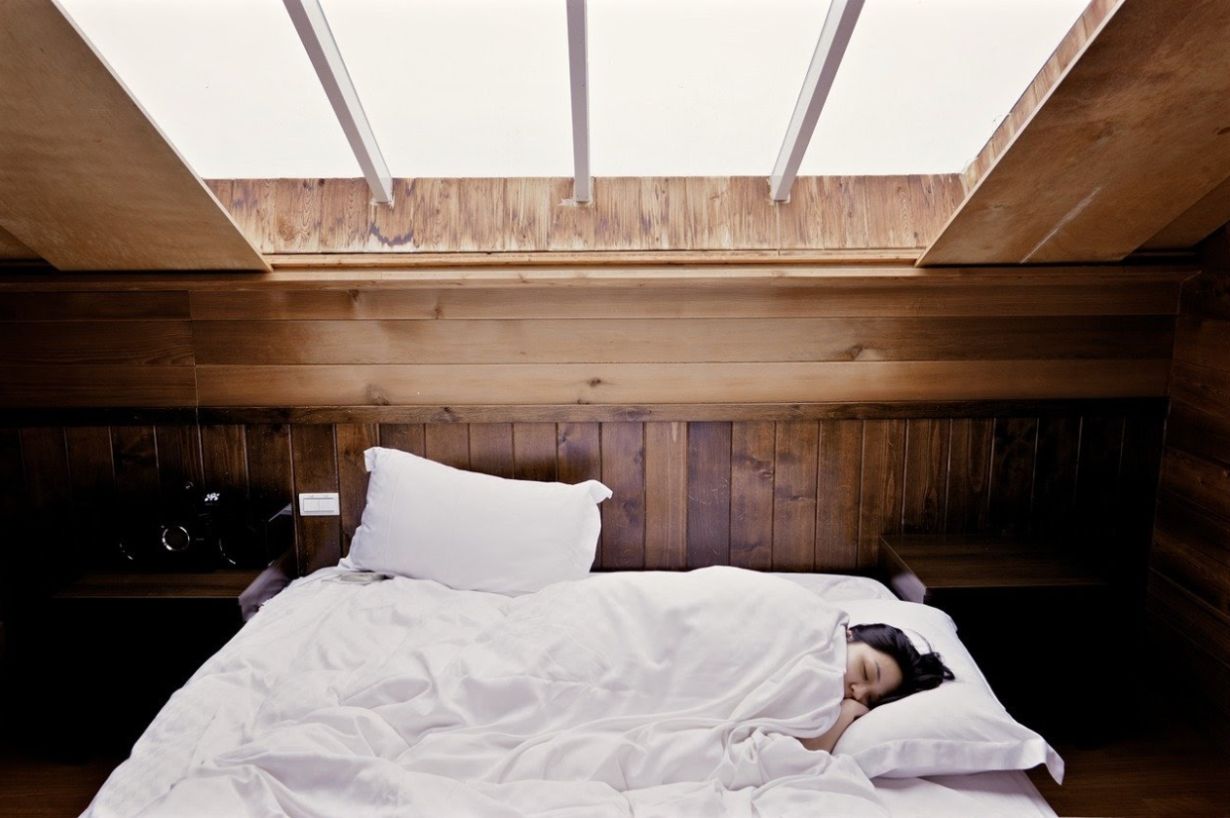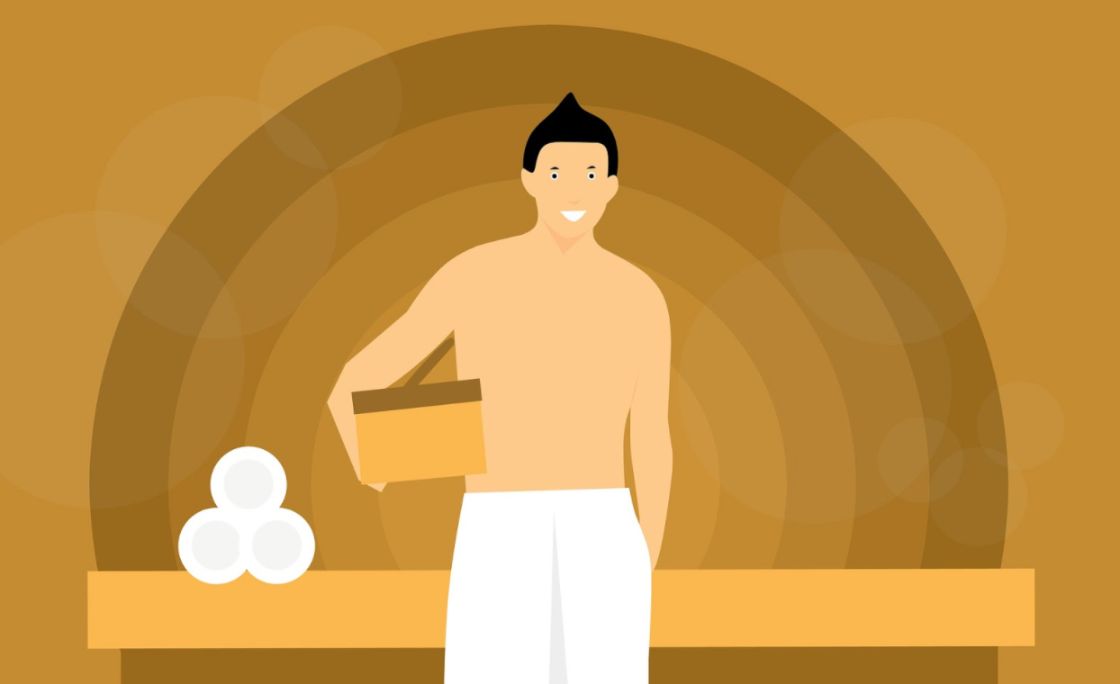Trouble sleeping? We’ve all been there before. Sometimes, more often than not. Fortunately, there are many solutions to this problem; unfortunately, many can be as useless as counting sheep. There is a popular solution that is science-backed and something maybe you’ve never heard of before: PEMF for sleep.
In this blog post, we will be discussing the importance of sleep and how PEMF for sleep can improve your overall wellness potential.
It’s true. Sleep is an essential part of your daily life (nightly life, too). Sleep has been shown to restore and repair heart vessels, reduce stress, and improve memory. It is a vital part of human life—the human experience, really. Without sleep, there would be no dreams. Without dreams, many of our forward-thinking inventions would have never been. Dreams are synonymous not only with sleep but also with innovation.
Without sleep, you would quickly find yourself in a very uncomfortable and unhealthy situation that could lead to diminished cognitive function, irritability, delusions, and even psychosis. None of which sound like something any of us would wish on even our worst enemies.
But first, some more important things about why you should get some healthy shut-eye each and every night.
The Importance of Sleep
Sleep is important, period. There’s nothing worse than lying awake in the middle of the night, knowing you should be fast asleep, but despite all of the sheep you’ve counted leaping over a little fence, you can’t seem to get any shut-eye. We all have been there before. Sleeplessness is either an overnight onslaught stemming from an overactive mind, or it’s a never-ending issue that pervades us, keeping us up all night long. Whatever it is, sleeplessness always comes at the worst time. Always before the Big Day, the Big Test, and the Big Promotion—it is pervasive.
And sleep doesn’t just make us tired if we don’t get enough of it. There are major consequences to not getting enough sleep. There are numerous risks involved such as:
- Increased cognitive impairment
- Increased risk of serious illness
- Increased forgetfulness
- Increased weight gain
- And more
A survey conducted by the National Sleep Foundation (NSF) found that 40 million Americans suffer from a sleep disorder. Around 60 percent of adults report having some sleeping problem at least a few new nights a week. On top of that, about 40 percent of adults even suffer from daytime sleepiness.
It’s safe to say there’s a sleeping epidemic in the United States. But before we try to solve things, let’s figure out how sleep works.
How Sleep Works
You’ve probably heard it before. Your body has internal clocks that control when you’re alert and when you’re tired. Your clocks essentially run on a 24-hour cycle, adhering to a single Earth day. These clocks are regulated by multiple factors including daylight, the Earth’s electromagnetic frequency, and more. Commonly called circadian clocks, these clocks make up a 24-hour rhythm called the circadian rhythm—something you’ve probably heard before.
As stated, several different factors regulate sleep. One of these factors is a compound called adenosine. Throughout the day, adenosine begins to build up in the brain, signaling sleepiness. Adenosine does not level off until you finally close your eyes. Caffeine can also affect this process by giving you the illusion of wakefulness.
Light and darkness affect sleep, as well. Light from the day tells your brain it’s daytime. This is why artificial lights like cellphones can affect your sleeping cycle and your circadian rhythm.
Also, your brain produces a hormone called Melatonin which is said to help promote sleep. When the sun rises, and you wake up, your body produces cortisol, which prepares your body to wake up.
There’s a lot that goes into sleep including different cycles.
Sleep Cycles
When asleep, your body naturally goes through two different phases which primarily occur every 80 to 100 minutes: REM and Non-REM.
The Rapid Eye Movement phase, or REM, is when your brain is most active. This is usually when dreaming occurs. In fact, during REM, your muscles become limp to prevent you from acting out your dreams. Sometimes, this doesn’t always work out, hence sleepwalking.
During non-REM sleep, your body goes through 3 distinct phases: 1) transitioning from being awake to asleep; 2) sleeping; 3) deep, slow-wave sleep, named after the brain activity that occurs during this phase.
Now that you know a little bit about sleep, here’s how PEMF for sleep works.
How PEMF for Sleep Works
Used as far back as 4,000 years ago, when magnetic stones were employed for various medical treatments, pulsed electromagnetic field therapy, or PEMF therapy, utilizes magnetic waves to enhance overall wellness. The current form of PEMF used today was developed by NASA to help maintain the health and vitality of astronauts in space. PEMF has been shown to aid in cell repair and has helped treat aches, pains, and other more serious conditions. It has also become a sleep aid. PEMF therapy uses pulsed electromagnetic waves to simulate the Earth’s magnetic frequencies and essentially recharges the body. When it comes to aiding sleep, these frequencies play a big role.
PEMF systems utilize the brain’s natural ability to synchronize brainwave frequencies. This is commonly called brainwave entrainment or brainwave synchronization. Essentially, the brain attempts to synchronize with external stimuli. This means that when using a PEMF device, your brain will try and sync with the PEMF frequency. An example of how this works is a radio. When you tune your radio to a set frequency (your favorite radio station, perhaps) you get a clear signal. The same works for the brain. When you use PEMF, your brain will tune to the frequency. Sometimes, due to all the inconveniences of the modern world, your circadian rhythm can be off. That’s why PEMF can be so helpful by working to reestablish that rhythm.
Since the body’s circadian rhythm works in tune with the Earth’s electromagnetic field, using a PEMF device that mimics the Earth’s frequency can enhance your sleep. PEMF therapy applies low-frequency stimulation to the body before sleep. This tells your brain that it’s time for some rest. The body then starts to increase its melatonin production and, soon, you’re ready to sleep.
Studies have shown the effectiveness of this therapy.
A 4-week double-blind study presented in Advances in Therapy found that patients who use magnetic-field therapy for insomnia were more likely to report improved, and better sleep using magnetic-field therapy, over those who were given a placebo. This study effectively demonstrated the positive effects of pulsed electromagnetic field (PEMF) and other forms of electromagnetic therapy on sleep and the body.
In another double-blind study, researchers observed that magnetic fields were effective at reducing sleep disturbances in over 80 percent of the group, compared with roughly 60 percent of the control group.
How to Improve Your Sleep with PEMF
As research has demonstrated, Pulsed electromagnetic field therapy, or PEMF therapy, can help you sleep deeper and better. The question you might have now is: “How do I find a PEMF device to help me sleep?”
The Inframat Pro is a gemstone heat therapy mat designed to help with overall wellness. Many Inframat Pros, including the TAJ-Mat, utilize PEMF therapy to assist the body in developing the best wellness practices. The Inframat Pro, along with other PEMF devices, are specifically designed to emit the Earth’s magnetic field to aid in health and wellness, including to help with sleep.
At HealthyLine, we suggest that if you have trouble sleeping, you use a gemstone heating mat with built-in PEMF therapy to help you get a good night’s rest.
PEMF and heat therapy can be a supplemental sleep aid, delivering the same advantages of a traditional heat therapy session with the coupled benefits of sleep. We suggest that you use a low-temperature to a medium-temperature setting. We also offer a unique timer to have it safely switch off after use.
By sleeping on a HealthyLine mat, you are magnifying the relaxing advantages.
You can also consider using the mat before you sleep; and using it just after waking up. Using PEMF right when you wake up will help recharge your body and wake up ready to seize the day. Carpe diem!
Sleep the Night Away
If you’re having trouble sleeping, then now’s the time to use PEMF for sleep. Science-backed research has concluded that using PEMF therapy to help stimulate the body and get it into sleep-mode can help induce sleep, and inhibit insomnia.
Remember, sleep is an important part of your overall health and wellbeing. If sleep problems are left untreated, you can suffer various physical and mental disorders that could impair your judgment.
PEMF could be your solution to a better night’s sleep. Don’t you think it’s worth a shot?











